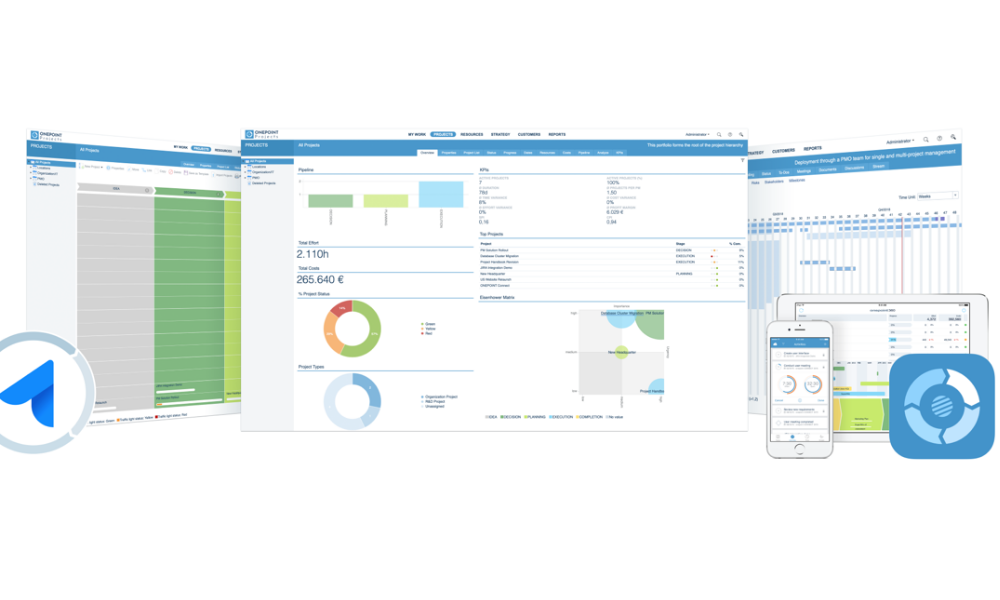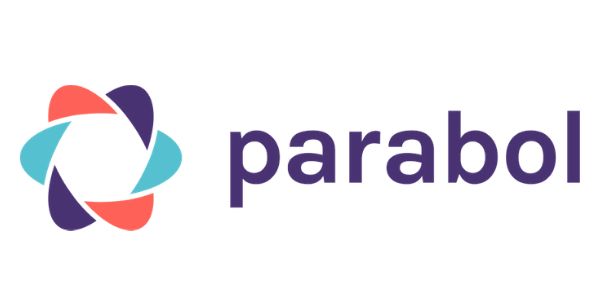My next installment in this exclusive Project Times series on project management related tools and services looks at Leankor’s offering that promises to make projects more profitable while also making them easier to manage during these remote PM and virtual project teams real world times.
Remote teams. Tighter budget controls. Efficiency mandates. For enterprise organizations already navigating the complexities of large-scale initiatives, 2020 brought further complication with the disruptive effects of a global crisis. And while some degree of the former normal may eventually return, the heightened pandemic-era pressure to accelerate delivery while driving profitability is here to stay—regardless of where teams work.
Fortunately, as the world changed, enterprise organizations have been able to rely on Leankor’s sophisticated enterprise work and project management solution to seamlessly transform operations and combat the challenges that have resulted from this evolution. With super-charged collaboration features, Leankor’s next-generation solution transforms complex, interconnected workflows and business processes into easy-to-manage plans for faster delivery and profitability. Here are five ways Leankor helps teams do their best work.
Closer Collaboration When Teams Are Farther Apart
While the future of the remote workplace is still evolving, collaboration among distributed teams will always be critical to enterprise work and project management success. According to a December 2020 PwC survey, 87% of employees say the office is important for collaborating with team members. Salesforce research finds 96% of workers believe lack of collaboration is the source of workplace failures.
To bridge the collaboration gap, Leankor’s sophisticated, cloud-based work and project management solution links distributed internal and external teams with full transparency into planning, execution and strategy. For the most complex, large-scale projects, stakeholders must align from kickoff to delivery, and often even as early as the opportunity development stage. That includes not only remote office employees but also contractors, field services teams and even customers. Leankor empowers teams with tools to conduct virtual discussions, brainstorm and quickly solve problems from anywhere.
360-Degree Visibility for Clear Context in Uncertain Times
Remote collaboration requires all team members to have access to the same, updated information for context and effective decision making. When distributed teams can sync and share files in one central location in the cloud, it eliminates disconnected spreadsheets and disparate servers, mitigating the risk of decisions based on the wrong data. Because we live in times marked by uncertainty, the data-driven context and clarity provided by Leankor’s next-level solution help guide individuals, teams and organizations to more certain and better outcomes.
Remote collaboration requires all team members to have access to the same, updated information for context and effective decision making. When distributed teams can sync and share files in one central location in the cloud, it eliminates disconnected spreadsheets and disparate servers, mitigating the risk of decisions based on the wrong data. Because we live in times marked by uncertainty, the data-driven context and clarity provided by Leankor’s next-level solution help guide individuals, teams and organizations to more certain and better outcomes.
Advertisement
[widget id=”custom_html-68″]
Flexible Work Management Aligned to How People Work Best Now
McKinsey research suggests 70 percent of companies use the Agile methodology in some form to run their organizations. But that doesn’t mean Agile-only support is sufficient for effective work and project management. For optimal efficiency, most organizations operate with a variety of methodologies and use hybrid approaches across projects and departments. However, some organizations are still using time intensive, manual approaches to manage their complex projects.
To support the way an organization works best, Leankor allows multiple methodologies to co-exist, including Kanban, Lean, Agile, Gantt, Waterfall, hybrid, pull-planning and others, adapting and translating for streamlined project and risk management. All methods can be interconnected and unified in a virtual platform to communicate with ease, making progress seamless. This can happen even when people are socially distanced in home offices or in clusters of teams in regional satellite locations.
When Agile work methods exist with traditional Gantt project planning processes, Leankor allows organizations to create projects using traditional methods and for work and tasks to be executed at the team level using Agile approaches. This means teams work the way they want from a single system while increasing organization-wide efficiency, control and velocity.
Interconnected Resources to Drive Profitability—from Opportunity to Delivery
When teams, data and customers come together, efficiency translates to profitability. Amid global economic uncertainty, on-time, on-budget has never been more critical, and neither has customer satisfaction and loyalty. For large-scale, long-lasting projects across multiple sites, Leankor can have a direct, positive order-to-cash revenue impact. It’s a user-friendly uber orchestrator, managing interconnected resources, timelines and workflows.
When powerfully integrated with Salesforce applications like Service Cloud, Einstein AI, Community Cloud, CPQ, MuleSoft, Field Service Management, Vlocity, Chatter and QUIP, Leankor goes far beyond traditional project management to become a comprehensive enterprise work management solution, transforming large-scale project complexity into efficiency. And ultimately, that translates into profitability.
Analytics for the Agility to Manage Now and What Comes Next
Leankor’s powerful analytics are designed for users of all technical levels. They empower people to make informed decisions throughout the project lifecycle and improve the outcomes of work. From streamlining request-for-proposal (RFP) processes for multi-service-point quotes to enabling customer-centric master dashboards for better customer service and P&L insight, Leankor drives revenue from opportunity to delivery. Individuals meet timelines and budget expectations with robust analytical and reporting features. Executives get visibility into resource allocation and financials to better manage profitability. Teams identify risk with AI, advanced reporting and predictive, next-best actions to eliminate or mitigate costly issues before they occur. Informed decision making throughout project lifecycles provides the agility to manage for project success and long-term organizational success.
A Next-Gen Solution for the New Age of Work and Project Management
The pandemic and resulting global economic crisis have made work and project management especially challenging for organizations across industries and around the globe. But with the right solution to manage people, processes and technology, any organization can drive efficiency that empowers teams to do their best work, keeps stakeholders informed and accelerates delivery. The result is greater profitability across projects and elevated work enterprise-wide. It’s an approach that will help organizations thrive in this crisis and through whatever lies ahead.
Summary / more about Leankor
Leankor is a highly visual work and project management solution built on the Salesforce Cloud. Designed for the enterprise customer, Leankor helps companies execute complex projects at scale. A transformative solution, it links different styles of methodologies and processes, empowering people to work more effectively. Leankor enables teams to organize, manage, collaborate and deliver better projects, helps decision-makers measure effectiveness, and allows companies to deliver quicker revenue cycles. Leveraging the power of Salesforce, it brings together customer, project, and resource data, extending the Customer 360 vision. Leankor is used by many of the world’s leading brands with focused solutions for industrial enterprises in Manufacturing, Construction, Solar, Energy and B2B Telecom, with additional emphasis on R&D, quality management, product launches and manufacturing for Biotech, Medtech and Pharma.











 Full Support for Agile Methodology
Full Support for Agile Methodology

